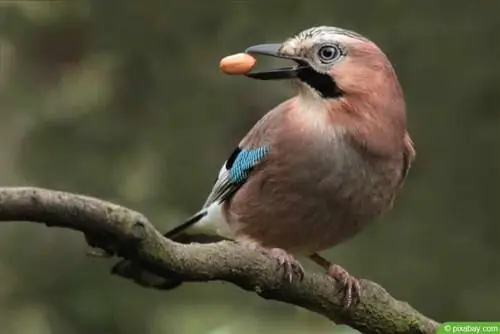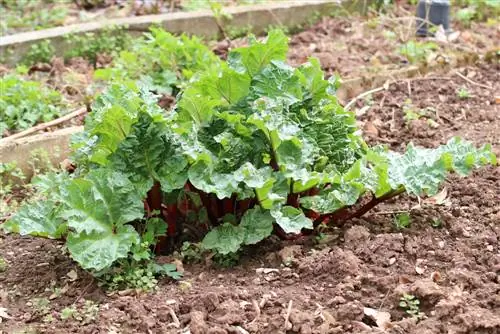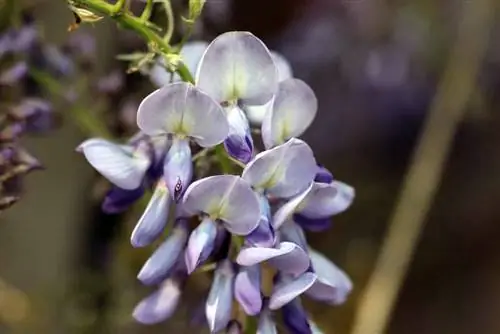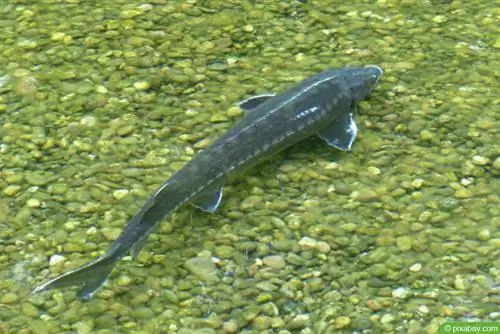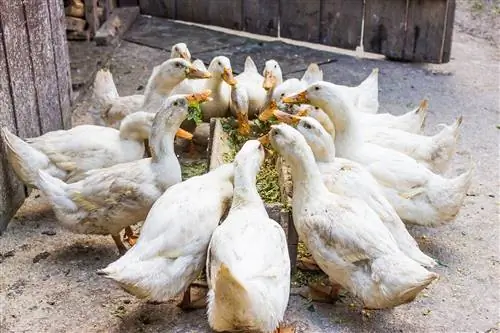- Author admin [email protected].
- Public 2023-12-17 03:39.
- Last modified 2025-01-24 12:45.
Birds, which do not leave Germany even in winter, are constantly dependent on food from humans in extreme low temperatures, as well as ice and snow. The jay is one of these birds. In order for feeding to actually fulfill its purpose, knowledge of the animals' natural food is an essential basic requirement. With our help, you too will be able to provide these interesting and diverse garden inhabitants with the right food supply.
The Jay's Diet
Generally speaking, the jay is considered a very versatile animal when it comes to its diet. While other bird species are highly specialized on one food source, it adopts a variety of different offerings from its habitat. He disdains neither animal food nor plant-based alternatives.
Animal food sources
Animal food sources are primarily used to provide energy-rich proteins. They are rather rare and are mainly available during the warmer months:
- Insects
- Beetle
- Larvae
- worms
- Snails
- Mice
- “Nestlings” (young birds)
- Bird eggs
INFO:
Eating young birds and bird eggs sometimes results from the fact that the corvid is active as a nest robber and systematically clears out the clutches of other songbirds.
Plant foods
Plant sources, on the other hand, often provide starch and sugar. These offers are usually available for a longer period of time and are usually the only natural reserves that the birds can fall back on in the winter.
- Acorns
- Nuts
- Beechnuts
- Berries
- Apples
- Corn
- Grains
Info:
In addition to the best possible supply from our local resources, the jay's broad food spectrum fulfills another important function. Since the intelligent bird tends to hide nuts in a variety of places as a winter reserve, it also contributes to the distribution and reproduction of the resulting trees. Because, like squirrels, it is not always guaranteed that the bird will actually find and use its depots.
Effects on winter food supplies
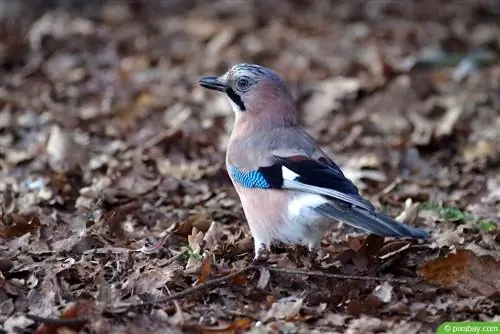
For you as a potential food supplier, the jay's food repertoire ultimately means very simple work. Of course, you can combine all of the components mentioned above as you wish, depending on availability, without having to make any special effort or even special purchases. Because many things from your own kitchen are ideal as food for the animals:
- Oat or other cereal flakes
- Apples, Pears
- Nuts
- Raisins
- Corn
- Acorns and other seeds that may grow in the garden
If you think about collecting acorns, seeds and other things from your own garden as winter food and putting them aside until needed, don't forget that the birds need exactly these things as a source of food. Therefore, never remove all acorns or nuts, otherwise the winter food supply will be at the expense of the birds' self-sufficiency in summer or autumn. Especially during the breeding season and rearing of young animals, the jay, like other animals, is dependent on a particularly plentiful supply of food.
When should you feed at all?
Usually the birds that overwinter with us are very well able to look after themselves. However, the situation is different when, in particularly long winters or during heavy snowfall, the remaining food supplies run out or are simply unavailable. In these cases, it can actually make sense to supplement the food supply in the home garden, which is usually not equivalent to nature, with targeted sources.

